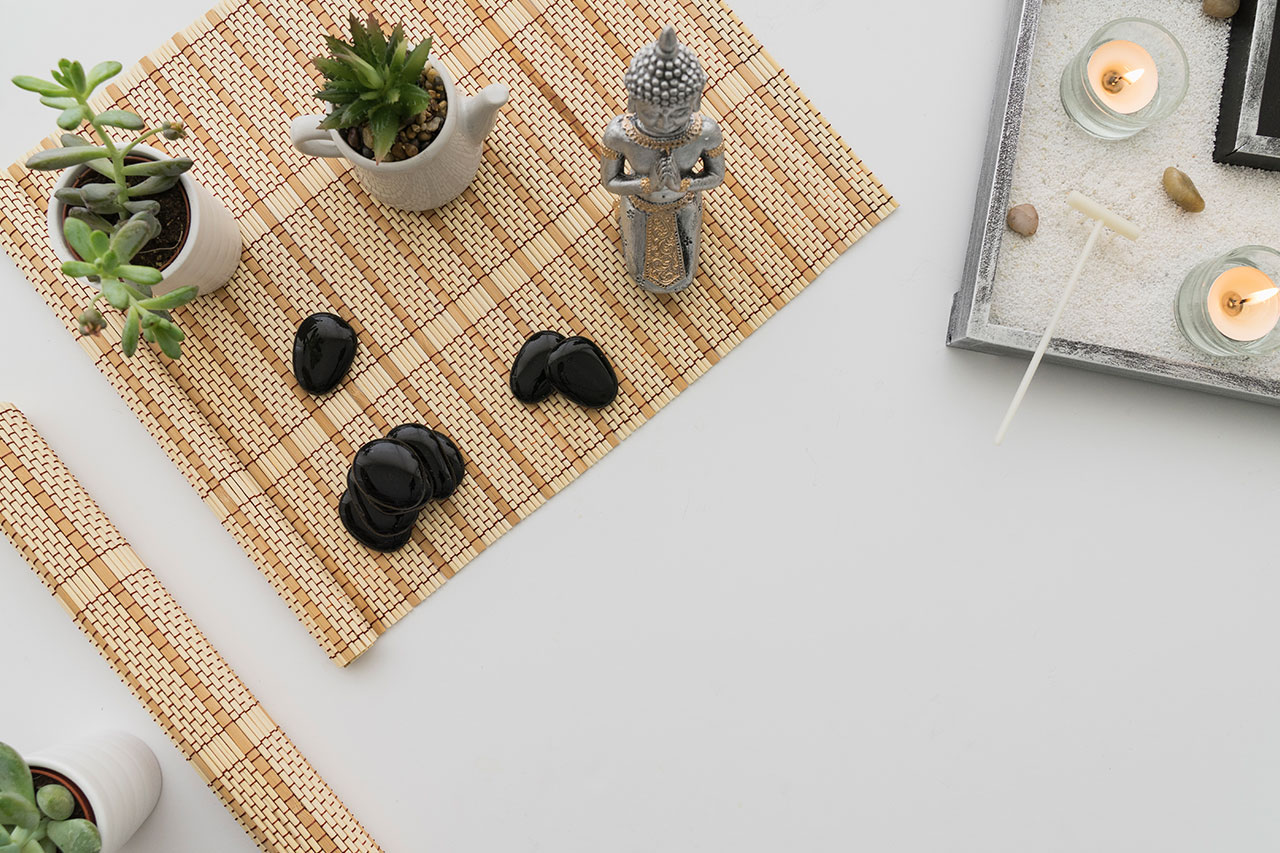Product photography has come a long way. In the past, all images of products were strictly greyscaled. Since the development of color pictures, marketing of image creation transformed. Better cameras and editing technologies allow you to get the best look for whatever you are trying to sell now.
In particular, if you want to highlight the features of a product, you want to use a white background. It is eye-catching and does not disturb your audience with visual noise. As such, this serves as an excellent advertisement option because it emphasizes an item. Additionally, white background is commonly the only option if you sell on big marketplaces like Amazon.
However, developing a white background is not as easy as it sounds. To achieve a professional-looking white background, you need to know several tricks. This article will highlight how you go about getting the perfect white background for your photos.
Table of Contents
Advantages of a White Background
Apart from making your product the center of attention, having a white background for your goods has several other advantages. Below are some benefits that may motivate you to adopt such a setting.
Works Well for a New Enterprise
If you own a new business or brand, you will need all the traction you can get. If you sell products, it is best to use white backdrops for all your ads. Therefore, customers will feel at home buying from you.
Encourages Customers to Buy
Colors have meaning in most cultures. Thus, using different colors for your images can send the wrong message to customers. Therefore, you will want to use a white background as this setting has a universal appeal. Most people see this color as a sign of cleanliness, purity, and safety. Many clients that come across an advertisement with a white background feel drawn to such products.
Gives a Professional Look
Using this color is essential as it gives your brand a professional look. Plus, it is easier to deliver consistent pictures using a clean background. Customers can better associate products with your business when you maintain a uniform setting.
A white background is associated with contemporary style, minimalism, and professionalism. We can view this on the example of the website design. You can check how a white setting works for Trust My Paper – an essay writing company. Their simple yet modern design on a white background is eye-catching and restful to look at. Subconsciously, we are drawn to such clean and simple designs, and you can use them for your business.
Makes You Consistent
Being consistent enables your clients to trust your brand. Likewise, using a white background gives the audience the impression that all your products are high quality. Doing this reduces the likelihood of clients categorizing your products as inferior when other background colors are used.
Creating a White Background
Developing a white background can depend on several factors. The most critical factor is the studio type you use. In any case, you will need the following equipment to make it happen.
- A good camera.
- White background.
- Modifier-enabled studio lights.
- Tripod.
- Editing software.
Having a tripod is not necessary. However, using it will give you added stability in taking pictures. In addition, masking windows to minimize flare and installing reflectors makes the entire process easier. Armed with a product and a camera, you can begin taking images.
Step-By-Step Guide For Better White Background Product Photos
- The light intensity you need depends on your location. If you have access to a studio, you may likely need less additional lighting due to the area’s nature. However, a makeshift studio will usually require more lights.
- Creating a clean setting mostly involves focusing a single studio light on the product. Doing this eliminates shadows.
- Place the product on a white surface against a white background. The most appropriate platform to use is usually a moderately sized table.
- You will want to place another studio light underneath the setup, pointing towards the white background. The light ought to be installed outside the scope of the camera. When you do this, make the background clear and free of residual shadows created by the primary studio light.
- You may require extra lighting when shooting in a larger location. In such a case, a reflector will come in handy. This reflective surface will spread light in a space. In addition, it helps create a clean image for all your products.
- A larger product usually needs you to improvise. You will most likely need more lighting. As such, installing two studio lights usually gets the job done. In particular, you will want to place illuminations at the sides of the item such that none are visible to the camera. Using reflectors in this setup can help spread the light evenly across the image.
- Do not underestimate photo editing. Even the most perfect background will need to be edited to give your photo a more uniform and professional look.
Post-Production White Background Development
Sometimes you do not get to photograph your products using a clear white background. Sometimes you have physical images of items with colored backgrounds. In such a case, changing the setting is a bit more challenging. Nonetheless, the quality of the initial shot determines how easy it is to swap the background for a white base. You have two ways of changing the backdrop.
- You can amend the darker sectors of the background by painting with white. This option is usually used for a picture with fewer dark areas.
- If you need to replace the whole background, you may have to cut out the product image from the original image. You can then carefully place it on a new white background you create.
Although it may feel counterintuitive, post-production amendments are usually necessary for the best photographs. It helps you eliminate any degree of shading that can distract your audience from the focal point – the product. As such, post-production touch-ups are a must.
When a White Background is Unachievable
No matter how hard you try, some items cannot be imaged against a clean white background. The factors that may limit you include the environment type and physical nature of your product. Other factors include the following:
- A large item that cannot be housed in a studio.
- A digital product.
- There are significant differences in color from one product section to another.
However, you can achieve a white background by using photo editing applications. The top apps you may want to consider include PhotoDirector, Lightroom, and Adobe Photoshop. Access to these applications usually requires you to buy a subscription or pay a one-time fee. You can also get free photo editing applications online, but you will likely not get the same editing quality.
Conclusion
Having a white background when making the images of your products is an essential aspect of marketing. There are many benefits associated with adopting a white background, whether you are a new or a well-established brand. You can create a white backdrop in a studio or other locations as long as there is sufficient lighting. You will also need to perform post-production development to achieve your desired results.






















+ There are no comments
Add yours